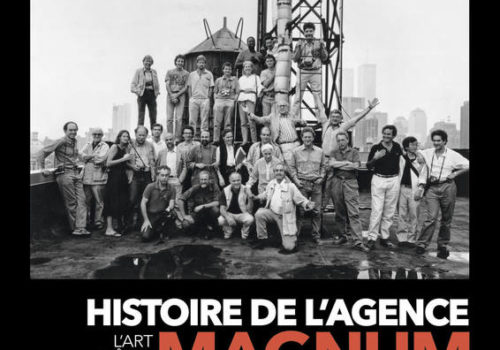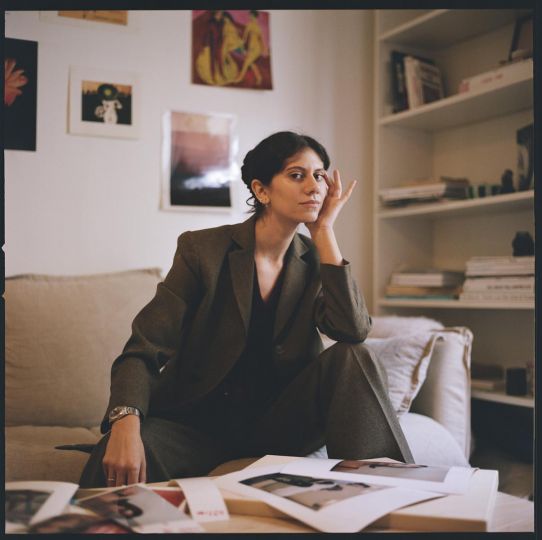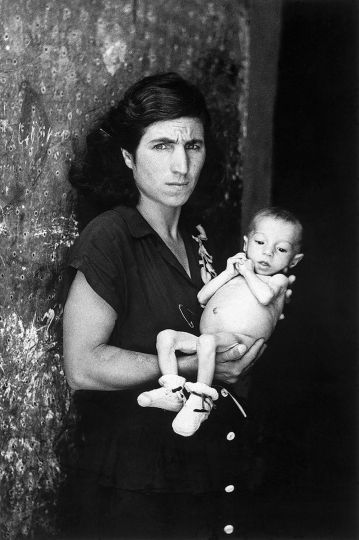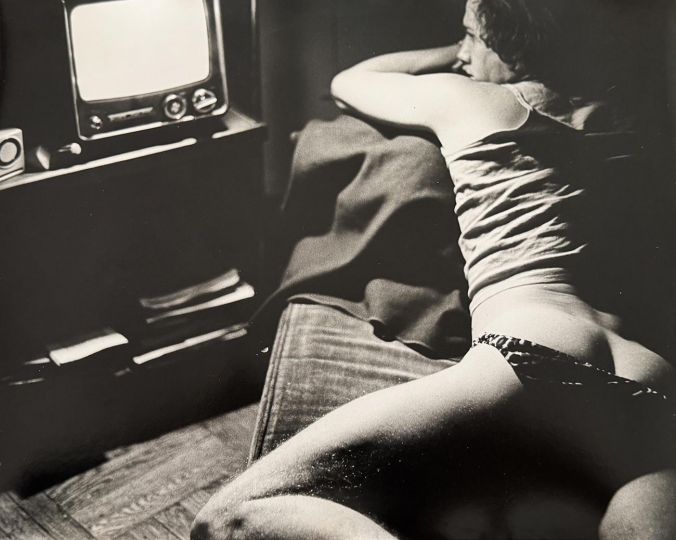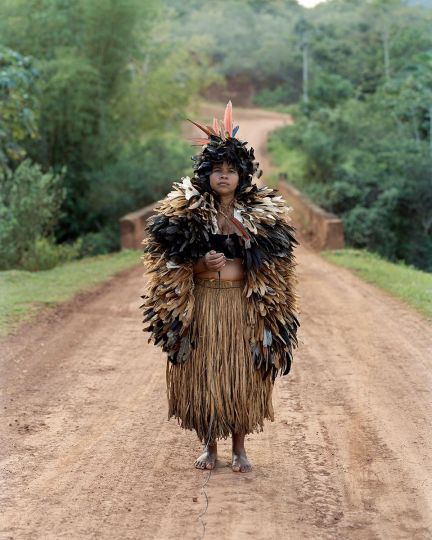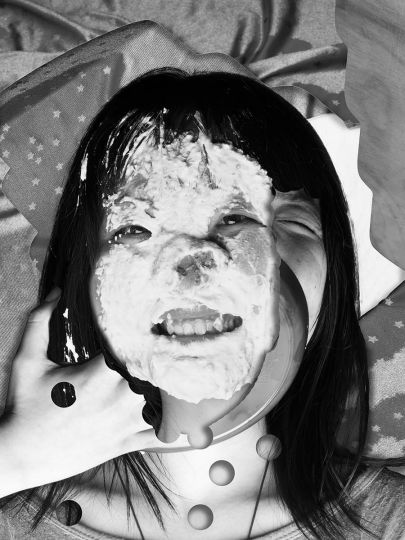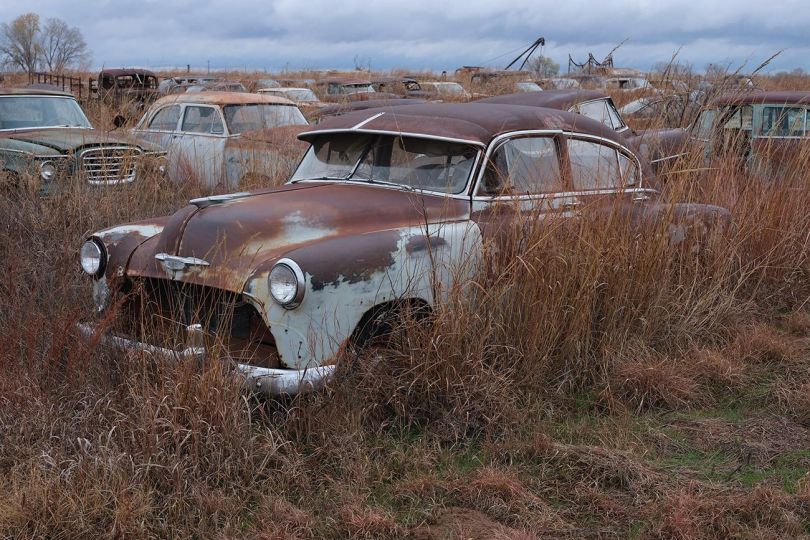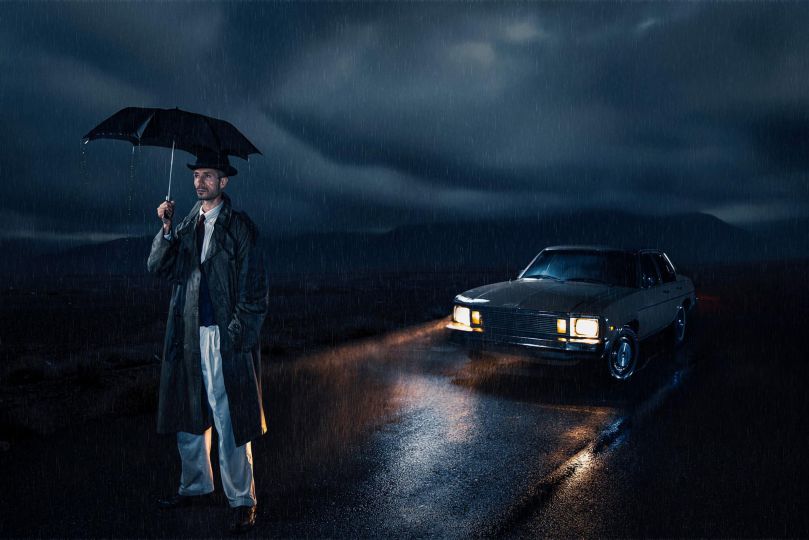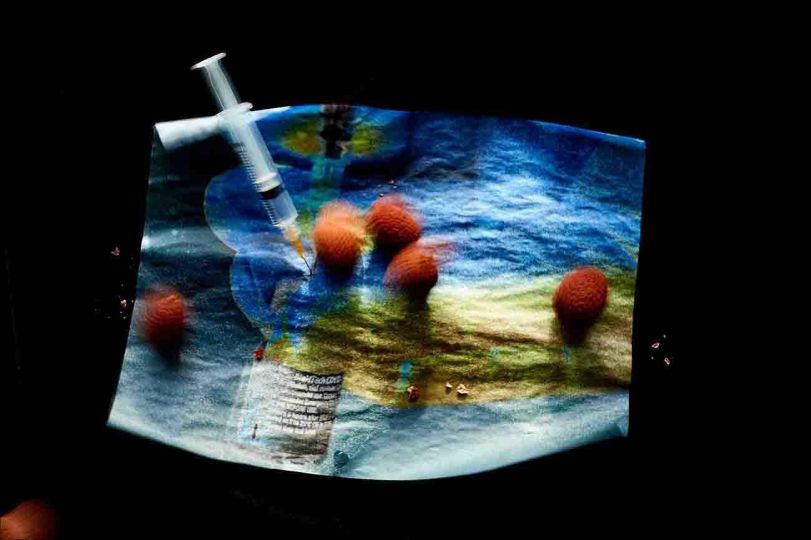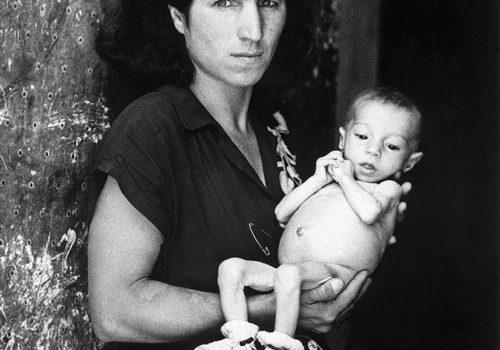The Magnum Photos Agency, created in Paris and New York in 1947, is celebrating this year its seventieth anniversary. Clara Bouveresse’s book, Histoire de l’agence Magnum: L’Art d’être photographe, published by Flammarion, retraces the evolution of this famous cooperative. We present an exclusive selection of excerpts that show us the inner workings of the agency.
Magnum has also announced a novel partnership with outside investors, thereby breaking with the founding principle of a cooperative controlled solely by photographers. The opening pages of the book explore the spirit of independence which set the tone in the early days of the cooperative. The author Clara Bouveresse writes:

